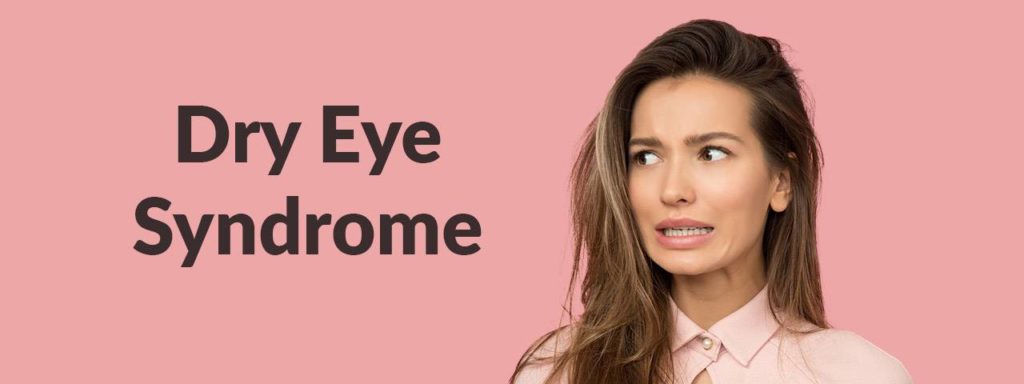location
How Is Dry Eye Syndrome Diagnosed?
Lipiscan
Sometimes, a visual inspection of the eyes isn't enough. Since a problem with the meibomian glands (which produce those essential lubricating lipids) is most often to blame for chronic dry eyes, it's important to get the best digital image of the meibomian glands possible. That's why dry eye professionals use LipiScan, which takes a high-resolution digital image of the lower AND upper glands.
Such imaging tells us a lot about the state of your oil glands. Are they healthy? Blocked? Dilating? Atrophied? Gunky? Is the oil cloudy or clear? ― cloudy oil indicates the presence of a bacterial infection which thickens the oils until they are no longer effective. This we can usually clear up with antibiotics.
Our Dry Eye professionals in Bellport provide cutting-edge treatment for dry eyes that is fully tailored to your specific needs. We diagnose and assess your eyes using the latest technology, combined with visual exams, questions, and all-around great patient care that will get to the core of your condition. For example:
- How effectively are you blinking? How often?
- Are your tear ducts lined up properly?
- What’s the osmolarity of your tears?
- How fast do your tears break down?
- What is your tear volume?
- Do your tear ducts line up properly?
- What shape are your meibomian glands in? Are they blocked? Dirty? Infected?
The Dry Eye Exam
Our dry eye doctor will also conduct an in-depth assessment of indicators for other diseases and health problems which might be contributing to your dry eyes. We then develop a personalized treatment plan based on what we find.
In every patient questionnaire, we ask if you are suffering from any of the typical symptoms of dry eyes. Do your eyes feel gritty? Sore? Do you feel like something is in your eye or that you just don't seem to have any tears? If you report symptoms of dry eye or appear to exhibit those symptoms, then we recommend beginning the dry eye exam process, which is quick, easy, and painless.
Tear Lab - what exactly goes into healthy tears?
 The first thing we want to check is the stability of the tear film. We use TearLab to test the osmolarity of your tears― that is, the relative concentrations of salts, water, and lipids (fatty oils). These lipids are produced by the meibomian glands. Most cases of dry eyes occur where there is a problem with these glands. They could be blocked, atrophied, or otherwise damaged. If your tears evaporate too quickly (which causes burning), it's usually caused by a lack of these lipids.
The first thing we want to check is the stability of the tear film. We use TearLab to test the osmolarity of your tears― that is, the relative concentrations of salts, water, and lipids (fatty oils). These lipids are produced by the meibomian glands. Most cases of dry eyes occur where there is a problem with these glands. They could be blocked, atrophied, or otherwise damaged. If your tears evaporate too quickly (which causes burning), it's usually caused by a lack of these lipids.
A strong imbalance between the osmolarity of one eye vs. the other is a strong indication of dry eye disease.
Phenol Red Thread Test
Depending on the results of the TearLab, our Bellport Dry Eye professional will also want to assess the overall volume of tears. In some cases, the meibomian glands are producing the lipids needed for lubrication, but there just isn't enough of the aqueous layer (tears) to spread it around effectively.
In order to test this, our optometrist will place a thin piece of red thread and drape it over the eyes for a few seconds in order to measure how wet the eye gets, and will then compare the results from both eyes.
InflammaDry
Another tool in the arsenal of our dry eye experts is InflammaDry, a specialized diagnostic tool which measures whether or not a patient has elevated levels of MMP-9 in their tears from the inner lining of the lower eyelid. MMP-9 is a protein which indicates inflammation—fairly common for anyone suffering from dry eyes.
At Bellport Perspective Eye Care, Dr. Brian Chowill typically prescribe steroids in order to get the eye inflammation under control.
Fluorescein Dry Test
Our dry eye doctor will also test your tear breakup time. Sometimes, tears don't last long enough to work effectively. In order to test for this, we use a fluorescein orange dye to test the breakup time (as well as any other corneal diseases, conditions, or foreign bodies). Using a small blotting paper, the optometrist will lightly touch your eye. As you blink, the dye spreads and gently coats the tear film covering the cornea. Using a blue light (the dye is orange), any problems will be revealed to the eye doctor by emitting a green color.
